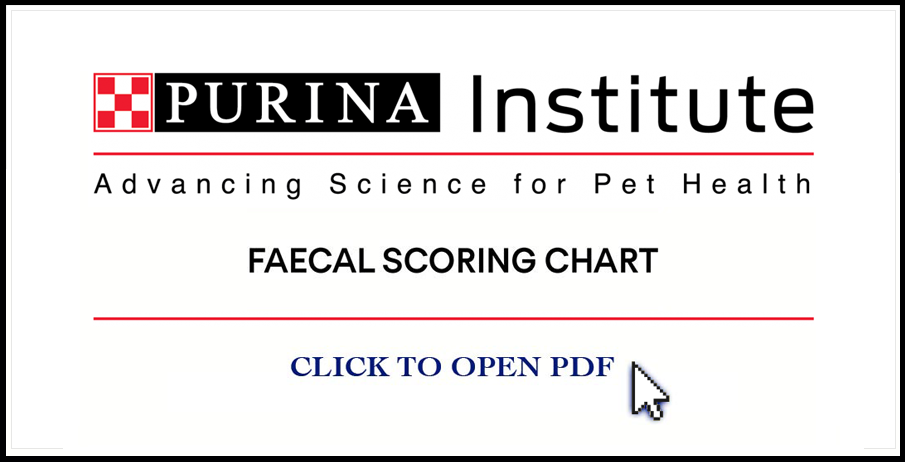15 Nov 2021
The expanding role of the gut microbiome in case management
An update on how we are learning ever more about the gut microbiome and the different ways we can influence it to support our patients.
The gut microbiome, which consists of trillions of microorganisms and their genetic material, plays a vital role in health.
Scientists are learning ever more about the importance of this microbial community, and as new discoveries come to light, the microbiome is becoming a significant consideration in managing many different conditions.
The functions of the microbiome
It has been recognised for many years that a well-balanced gut microbiome is vital for digestive health. Gut microorganisms perform critical roles in mineral absorption, vitamin synthesis and energy regulation, as well as supporting the immune system and nourishing enterocytes.
These functions are central to gut health, and if the microbial balance shifts to favour potential pathogens at the expense of beneficial commensals (for example, due to disease, ageing, antibiotic therapy, or dietary disruption), this often results in gastrointestinal disturbances and poor faecal quality.
While the role of the gut microbiome in digestive health is well known, it has only recently come to light that these microorganisms have profound effects on the body outside the intestinal tract.
In the past few years, a growing body of evidence has revealed wide-ranging effects on the skin, kidneys, heart and brain. Disruption of the gut microbiome has been linked to atopic dermatitis, impaired immune function, diabetes and obesity1, and fascinating recent evidence also suggests that altering the microbiome can influence anxiety in dogs.
This latter evidence was provided by a blinded placebo-controlled crossover study conducted by PURINA®, which found that supplementation with Bifidobacterium longum BL999 was associated with a significant reduction in anxiety behaviours in dogs2. Evidence such as this highlights the scope for clinical interventions to support the “gut-brain axis” – a term describing the bidirectional communication between the gastrointestinal tract and the brain.
How to modify the microbiome
Given the critical importance of the microbiome for many different aspects of health, there is great veterinary interest in modifying the microbiome to enhance case management. A number of different strategies are currently widely used in clinical practice:
- Antibiotics – certain antimicrobial agents, such as metronidazole, are useful in some situations for controlling diarrhoea. However, these agents have effects on beneficial as well as pathogenic bacteria, and studies have shown they can have a negative and long-lasting effect on the microbiome3,4. Bearing in mind the need for antimicrobial stewardship, these treatments should be reserved for situations where they are necessary. Probiotics (see later) are sometimes employed to counter the negative effects of antimicrobial agents on the microbiome.
- Diet – dietary change is one of the easiest ways for owners to support their pet’s microbiome, and can play a valuable role in supporting a healthy microbial balance5. The digestibility, ingredient profile, nutrient concentrations and processing procedures of the diet all influence the microbiome, though overall macronutrient composition appears to be the most significant factor with fermentable carbohydrates playing a particularly important role5,6. These fermentable carbohydrates are often included in GI support diets as “prebiotics”.
- Prebiotics – these act as “food” for beneficial bacteria; examples include inulin, wheat aleurone and chicory, which are all soluble fibres (fermentable, non-digestible carbohydrates). When fermented by the resident gut bacteria, they produce short-chain fatty acids which make the gut environment more acidic, favouring beneficial bacteria and enhancing mineral absorption. Some short-chain fatty acids such as butyrate also directly nourish the enterocytes7.
- Probiotics – these are defined as live microorganisms which, when administered in adequate amounts, confer a health benefit to the host. They colonise the gastrointestinal tract and can competitively exclude pathogens; they also produce substances to nourish enterocytes. There are a wide variety of probiotics available, but the efficacy of different strains and different products is very variable and it is important to choose those supported by clinical evidence. Clinical studies have been carried out for relatively few probiotics, but one with strong supporting evidence is SF68, a strain of Enterococcus faecium. This has been shown to improve faecal quality, promote immunity and help maintain gut bacterial balance8-11.
- Synbiotics – probiotics can be combined with prebiotics to form “synbiotics”, the rationale being that the prebiotic helps the beneficial probiotic bacteria to flourish.
Besides these strategies to modify the microbiome, it is also worth noting that a healthy weight is important for a resilient population of gut microorganisms. Studies have shown that dietary change induces a greater shift in the microbiome in obese cats and dogs, suggesting that their gut environment is more vulnerable to perturbations12,13.
Maintaining a well-balanced gut microbiome has the potential to enhance health in multiple ways, and with a variety of strategies now clinically available, the scope for microbiome science to improve case management is increasing. As research progresses, we are likely to learn ever more about how to alter the microbiome to optimise the management of specific conditions.
To find out more about the diverse roles of the gut microbiome and the ways in which vets can influence it in practice, visit https://www.purinainstitute.com/microbiome-forum.
Listen to Purina’s Bitesized Pet Nutrition podcast on deciphering the gut microbiome:

